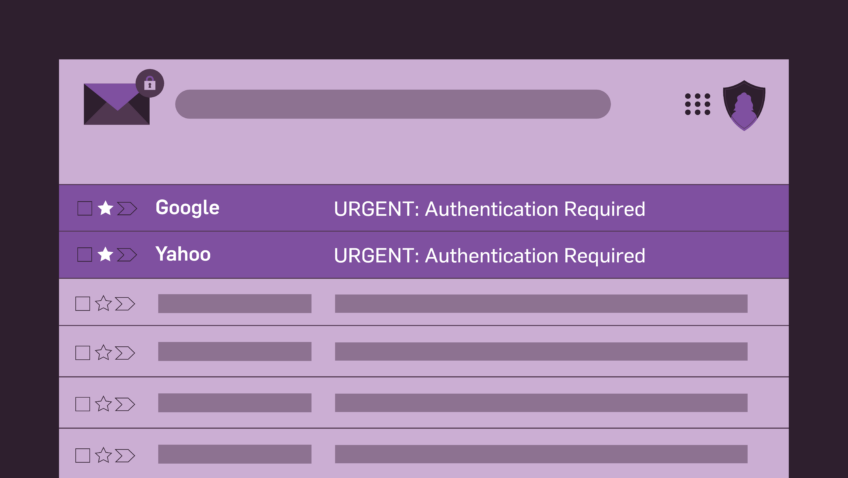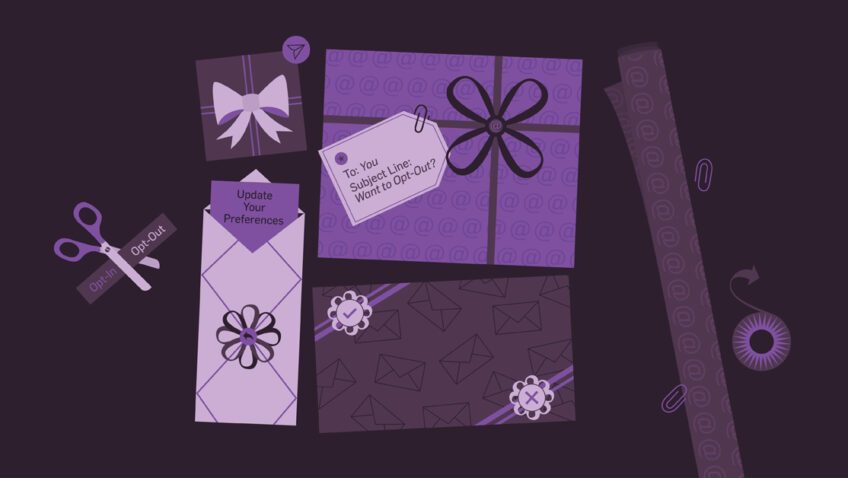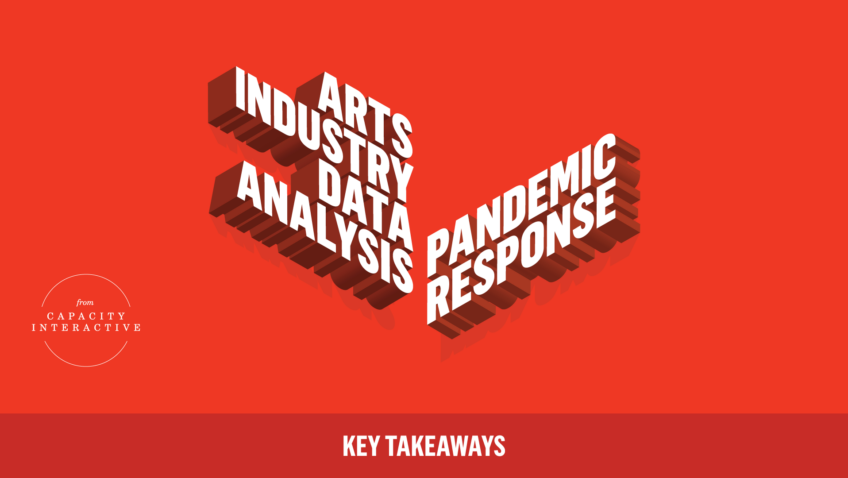Email Collection Must Be a Top Priority
Email address collection can no longer be something that cultural organizations just think about in passing. It must become a top priority for your organization or you are going to be in big trouble very soon. Here’s why:
Email collection MUST be a top priority of every cultural organization or you are going to be in big trouble very soon. You must begin building active personal relationships with your constituents and email is the best way to do this. Email is by far the quickest and easiest way to sell tickets because you are speaking to people who already care about you. Think about it. Would you rather spend $10,000+ on a newspaper ad, radio buy, tv spot, etc. every time you have something to sell, or send an email that maybe costs a few hundred dollars to your list of opted in people who care about you? Why are you paying the middle man? A middle man who has become less and less powerful and less able to deliver what you need.
So here is a rough plan of action for email collection:
On-line
Email sign-up should be clear and a visual priority on every page of your website. Offer an incentive to join, such as promotions and the latest news to all users. Make email sign-up easy. Just a name and email address on the first screen. Have the site capture that info and then ask for more info like address, phone number, etc. on a second page. A good example is here from New York City Opera.
Some organizations have had success creating a splash page that asks users to sign up for the email list before they can move on with browsing their site.
Have your privacy policy very accessible and even add the line “we will never share or sell your email address.”
It almost goes without saying that for e-commerce you must require an email address with every order placed on your website.
Phone Buyers
For phone buyers, here is a simple solution. All customers who call the box office should be asked “would you like us to email you a receipt?” The majority of people will say yes and provide you with their email addresses.
Walk up Buyers
Your box office staff should be required to ask for an email address. You can have the staff ask “Would you like to join our email list to receive news and special offers?” If people are reluctant, have the staff say “we will never share or sell your email address.”
In the Theater
In-theater collection is particularly important since you can collect the names of people other than those who purchased the ticket. Assume you only collected through the ticket buying process. At most, you’d collect 50% of the email addresses in the theater since only one person transacted for one or more tickets.
1. Have large signs in the lobby asking patrons to join your email club listing the benefits (promotions, offers, etc). Set up a box to collect the forms and on the forms only make the name and email address required.
2. Create an in-theater text message program where participants can text in to a contest that will give away a prize, a backstage tour or CD from the evening’s performance. Require an email address to enter the contest. You can have a mobile vendor automatically send a text message to the winner five minutes after the performance run time with instructions to redeem their prize.
3. Insert a form on brightly-colored paper into every program that asks for an email address with a golf pencil taped to it. You can have a contest with a prize here too. Have ushers pick up the forms or collect them as patrons leave for intermission or at the end of the show.
If your email list contains 10,000 people who care about you, how many tickets can you sell? How much money can you raise? What if your email list contains 100,000?
So go ahead, plan a meeting with your top management and make a plan to make this a top organizational (not just marketing) priority. Set annual targets for the size of the list and a plan for how you are going to get there. If you don’t, your organization could be going the way of the newspaper…










